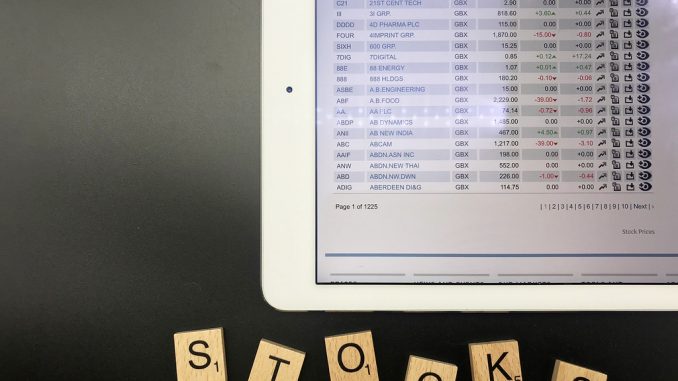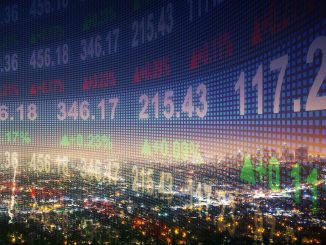
Stocks retreated from earlier gains on Tuesday. The Nasdaq Composite Index fell 0.1% and the Dow Jones Industrial Average fell 2 points after rising more than 150 points while the S & P 500 was trading below parity.
The Standard & Poor’s 500 Index fell by 0.3% as Advanced Micro Devices and Symantec led the decline in technology with a drop of more than 3% each.
The Dow was on course to a six-day winning streak. However, the Standard & Poor’s index traded around 2.4% below its all-time high in April.
At this point, the failure to go up to new peaks will be considered negative, even though only a week and a half has passed from this month. According to analysts, the markets are seeing evidence of more individual stocks in the Standard & Poor’s 500 Index hitting new record highs. There are also some expectations that the S & P will be able to test those levels we saw in April.
The potential adverse to this is what happens with market sentiment. Sentiment became very negative in May and now with the stock rebound in June we are seeing pessimism that is slowly being replaced by optimism, analysts say. If this happens very quickly, it can turn from being a tailwing to earning the markets new gains.
Stocks jumped after a decision between Mexico and the United States to avoid tariffs and hopes to cut interest rates from the Federal Reserve raised investor confidence.
President Donald Trump said on Sunday that a 5% tax on all Mexican imports to the United States would be suspended indefinitely. He said he had “full confidence” in Mexico’s ability to fight migration from Central America.
Global stocks rose after China’s Xinhua news agency said the country would allow local governments to use bonds to finance infrastructure projects. The Shanghai Composite jumped 2.6% in a few hours, while the Stoxx 600 index in Europe rose 1%.
Market expectations for interest rate cuts by July were around 78%. Investors are also pricing in a 97.1% chance of price cuts by December.
These expectations rose amid weak US economic data. Monthly job growth slowed to 75,000 in May. At the same time, manufacturing activity in the United States grew at its slowest pace since 2016.
“It seems like we went from pessimism to optimism in a very short period of time without much change in the facts.




Be the first to comment